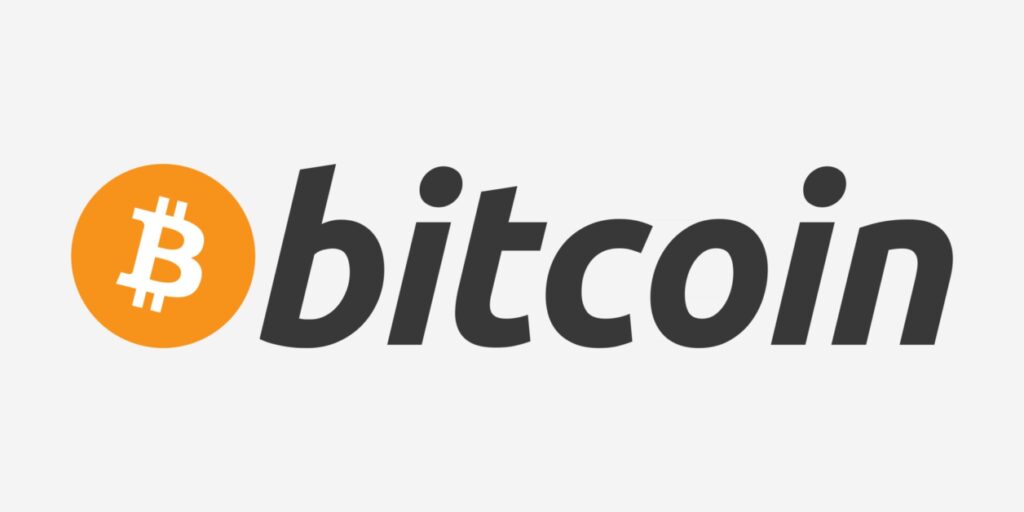The rise of Bitcoin NFT (Non-Fungible Token) mints has increased demand for transaction processing on the Bitcoin network. As a result, transaction fees have also increased as users compete for limited block space in the blockchain. This is due to the limited capacity of the Bitcoin network and its design as a decentralized system with limited block space for transactions. The competition for block space drives up fees for users who want their transactions processed quickly. To avoid high fees, some NFT platforms have adopted alternative payment methods or off-chain solutions to reduce their dependence on the Bitcoin network.
Non-fungible tokens (NFTs) are unique digital assets that use blockchain technology to prove ownership and authenticity. In recent times, there has been a surge in the popularity of NFTs, particularly in the art world, where artists, musicians, and other creatives are using NFTs to sell and trade their work. The increased demand for NFTs has put additional pressure on the Bitcoin network, as more users are looking to mint, buy, and sell these unique digital assets.
As the demand for transaction processing on the Bitcoin network increases, so does the competition for block space. Miners, who process transactions and add them to the blockchain, prioritize transactions that offer higher fees. This has resulted in a rise in transaction fees for users looking to process their NFT transactions quickly. The fees can be a significant portion of the total transaction cost and can be a barrier to entry for some users.
To address this issue, some NFT platforms have adopted alternative payment methods or off-chain solutions to reduce their dependence on the Bitcoin network. For example, some platforms allow users to make transactions using stablecoins, which are digital assets pegged to the value of a traditional currency, rather than Bitcoin. This helps to mitigate the impact of high transaction fees and provides a more stable and predictable way to transact. Off-chain solutions, such as sidechains and payment channels, are also being explored as a way to reduce the demand for block space on the Bitcoin network and lower transaction fees.
In conclusion, while the rise of NFT mints has led to an increase in transaction fees on the Bitcoin network, there are also solutions being developed to address this issue.
Bitcoin users are putting assets on-chain, similar to NFTs on Ethereum, but there’s a cost to the increased activity.
Yes, that’s correct. As more users put their assets on the Bitcoin blockchain, similar to NFTs on Ethereum, it puts additional strain on the network, resulting in increased competition for block space. This, in turn, leads to higher transaction fees as users compete to have their transactions processed quickly. The limited block space of the Bitcoin network means that as demand for transaction processing increases, the fees required to have transactions processed also increase. This can be a barrier to entry for some users and can impact the overall user experience. To mitigate the impact of high transaction fees, some users are exploring alternative payment methods or off-chain solutions to reduce their dependence on the Bitcoin network.








